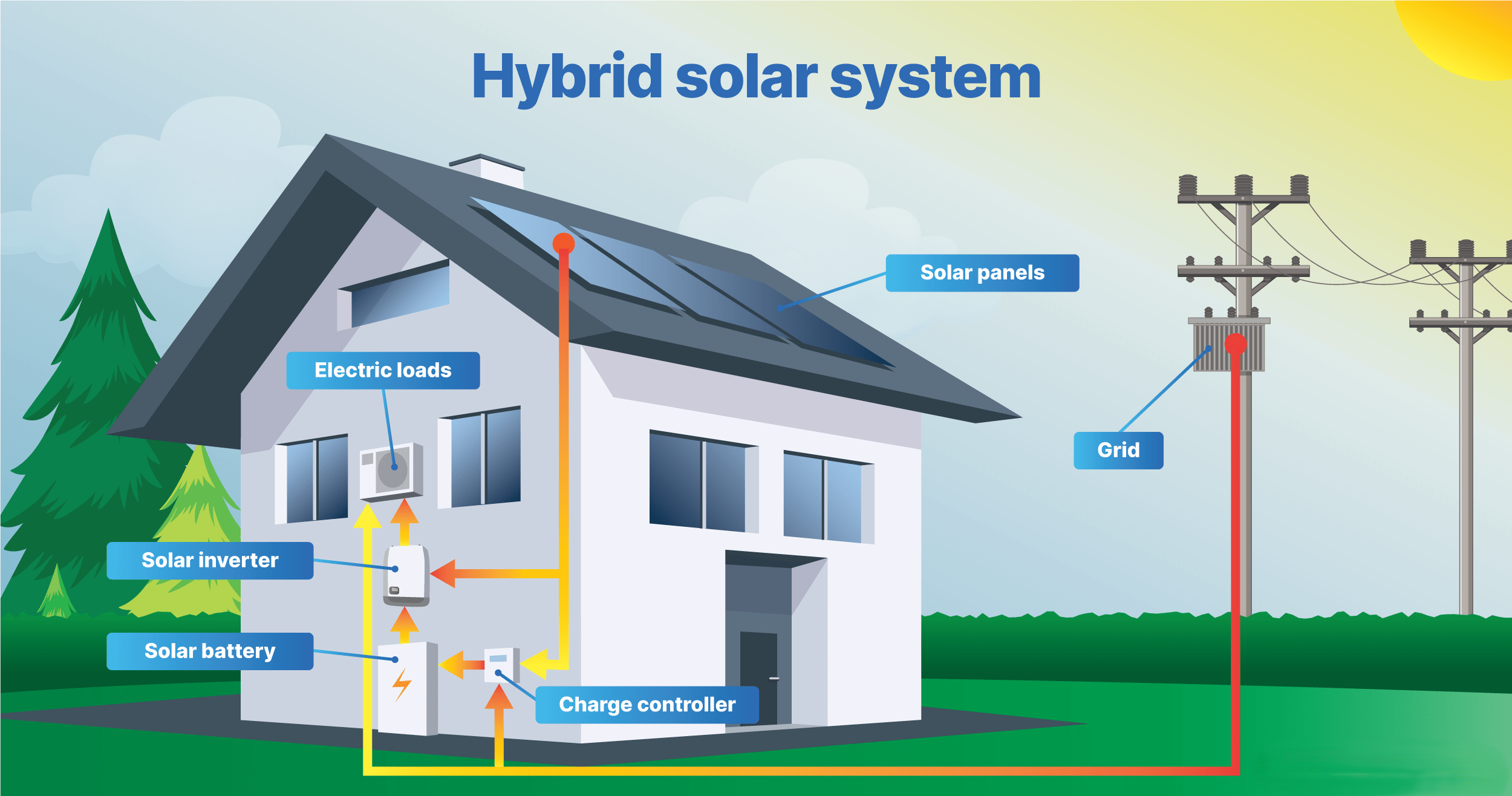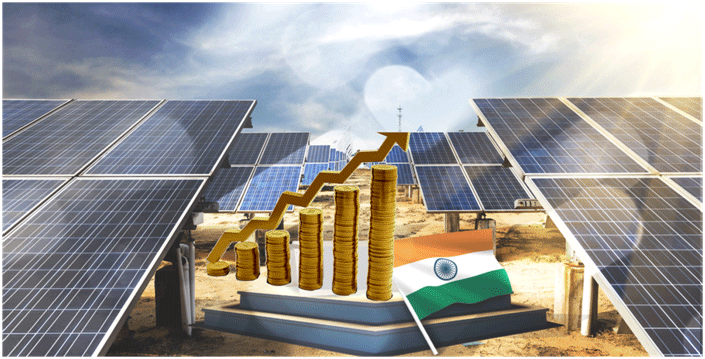As India accelerates toward a Net Zero 2070 target, hybrid solar systems are emerging as a game-changer in renewable energy adoption. Unlike traditional solar setups, hybrid systems combine solar panels with battery storage, offering an uninterrupted power supply and enhanced energy efficiency for homes, businesses, and industries.
A hybrid solar system stores excess energy generated during the day in batteries, which can then be used at night or during power outages. This ensures consistent electricity availability, reduces dependence on the grid, and minimizes electricity costs. The integration of smart inverters and energy management systems further optimizes energy consumption, making hybrid systems highly efficient and reliable.
The advantages extend beyond energy reliability. By reducing reliance on fossil fuels, hybrid solar systems contribute significantly to lowering carbon emissions, supporting India’s renewable energy goals. These systems are particularly beneficial in regions with unstable electricity supply, where uninterrupted power is critical for industrial operations, IT services, and healthcare facilities.
Government initiatives such as the National Solar Mission, Net Metering Policies, and Production-Linked Incentive (PLI) schemes are encouraging wider adoption of hybrid solar solutions. Companies and homeowners investing in hybrid systems not only save on energy costs but also enhance their sustainability credentials, aligning with global ESG standards.
With the growing focus on energy storage, smart grids, and clean technology, hybrid solar systems represent the future of renewable energy in India. By combining storage capabilities with solar efficiency, these systems empower users to maximize clean energy utilization while ensuring reliability and cost-effectiveness.
In essence, hybrid solar technology is not just an innovation, it is a strategic solution for sustainable energy management, helping India move closer to a low-carbon, energy-efficient future.




